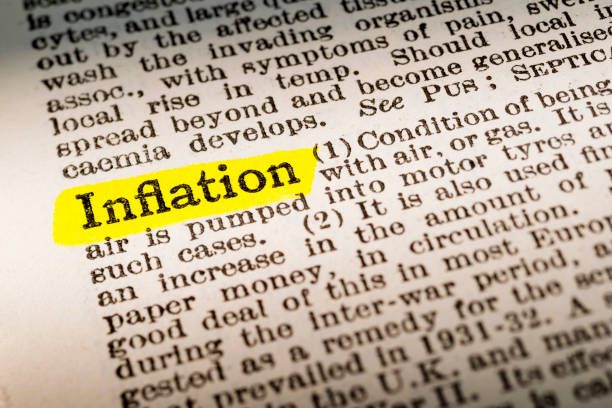The Consumer Price Index (CPI) rose 0.3% month-on-month (m/m) in January, ahead of the consensus forecast calling for a more modest gain of 0.2%. CPI rose 3.1% year-over-year, down from 3.4% in December.
- Energy prices fell 0.9% m/m, largely driven by a pullback in prices at the pump (-3.3% m/m). Meanwhile, food prices (+0.4%) jumped by their largest monthly gain since January 2023. On a year-over-year basis, foods prices are up 2.6%.
Excluding food & energy, core prices rose 0.4% m/m – also coming in a tick stronger than the consensus forecast. The twelve-month change held steady 3.9%, while the three-month annualized rate of change jumped to 4.0% – the highest reading since June.
Prices for core services rose 0.7% m/m – a sharp acceleration from the month prior. Shelter costs rose 0.6% m/m, as rent of primary residence (+0.4% m/m) matched last month’s gain while owners’ equivalent rent rose by 0.6% m/m (from 0.4% the month prior). Non-housing services also sharply accelerated, rising 0.8% m/m – the strongest monthly gain since April 2022 – pushing the three-month annualized rate of change up to 6.4% (from 4.4% in December).
Core good prices fell 0.3% m/m, led by a steep decline in used vehicle prices (-3.4% m/m). Apparel (-0.7% m/m), medical goods (-0.6% m/m) and households furnishings (-0.1% m/m) also recorded monthly declines in January.
Key Implications
Progress on the inflation front stalled in January, as a sharp acceleration in core services more than offset a further decline in goods prices. As a result, both the three (4.0%) and six (3.6%) month annualized rates of change on core inflation turned meaningfully higher on the month.
Last Friday the Bureau of Labor Statistics released revised CPI figures for 2023, which incorporated updated seasonal adjustment factors. The revisions showed very little change to the monthly pattern on CPI, however, there were notable changes to category weights. For example, the weight on core goods was reduced by 2.5 percentage points relative to December 2022 (and now sits at 18.9%), in favor of a higher weight on core services – two-thirds of which was allocated to shelter. This means we’re likely to see even more stickiness on core CPI over the coming months and potentially lead to a wider gap between it and core PCE inflation.
Recent communication by the Federal Reserve indicates a dichotomy of both patience and a willingness to cut interest rates despite the ongoing strength in economic fundamentals. This morning’s numbers underscore the importance of patience, with market participants now pricing for just 100 basis-points of cuts this year. We have long said the last leg lower on inflation will be the hardest, and with the consumer showing few signs of slowing, and the labor market still tight by historical standards, progress on the inflation could slow to a crawl over the coming months. At this point, a May cut seems very unlikely.








